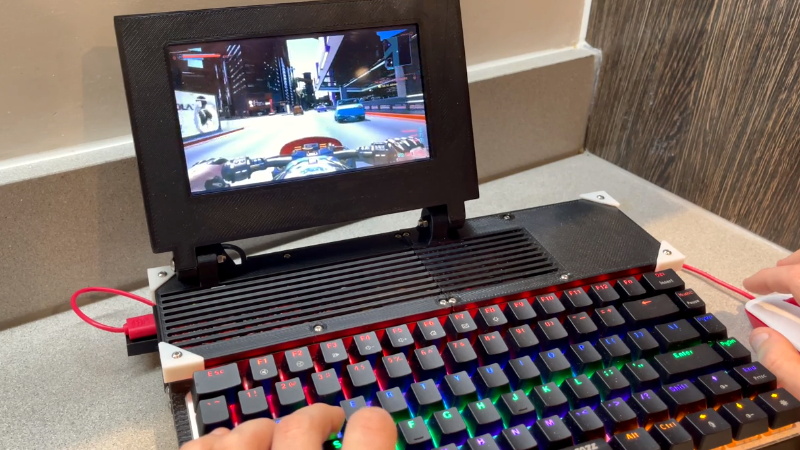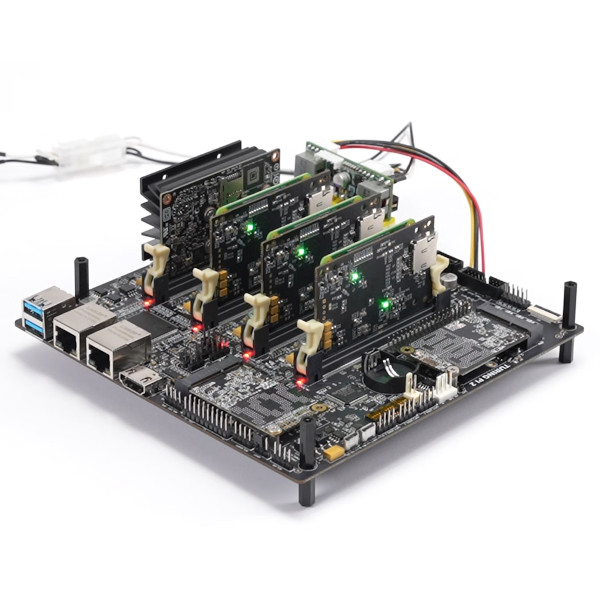For those who decide to build their own personal cyberdeck, it’s often as much about the journey as it is the final product. The recent write-up that [Sophie Wheeler] put together about the process that lead her to build her own bespoke mobile computer is a perfect example. She went through three distinct design phases to create something that had what she describes as a “retro-futuristic, hand-built, utilitarian aesthetic”, and we think you’ll agree the final product is right on target.
At Hackaday, we’re strong believers that you can learn just as much from a failed attempt as you will from a rousing success, which is why we especially appreciate the way [Sophie] has documented this project. The basic layout and general bill of materials for his hypothetical cyberdeck had been sorted out in her head for about a year, but it took a few attempts until everything came together in a way she was happy with. Rather than pretend those early missteps never happened, she’s decided to present each one and explain why it didn’t quite work out.

Frankly both earlier attempts look pretty slick to us, but of course the only person who’s opinion really counts when it comes to a good cyberdeck is the one who’s building it. The original acrylic design was a bit too fiddly, and while the first attempt at 3D printing the computer’s frame and enclosure went much better, it still left something to be desired.
The final result is a clean and straightforward design that has plenty of room inside for a Raspberry Pi 4, UPSPack V3 power management board, 10,000 mAh battery, internal USB hub, and a AK33 mechanical keyboard. Topside there’s a 7” 1024×600 IPS LCD with touch overlay that’s naturally been offset in the traditional cyberdeck style, and on the right side of the enclosure there’s a bay that holds a KKMoon RTL-SDR. Though that could certainly be swapped out for something else should you decide to print out your own version of this Creative Commons licensed design.
In our 2020 review we noted the incredible influx of cyberdeck builds we’d seen over the last 12 months, and judging by just what we’ve seen in just these last few weeks, 2021 should be another bumper year for these unique computers.

















Seems wrong this doesn’t have a comment or two (visible) yet!!
Its rather neat and tidy, some interesting progression through the iterations, and a very sensible case design. Lots of space with those separate PCB holders for the SBC and company so any changes in internal electronics can be accommodated with just a little carrier frame reprints, very sensible, simple and makes it much more likely to remain useful.
Thanks for the kind words!
That was exactly what I was going for with the carriers
Holy cannoli, this is beautiful! Cyberdecks often turn into big clunky suitcase builds that seem pointless, but this looks like a useful tool thats fun to work with! I can see it being plopped on a cluttered workshop desk to debug something or take notes, love the small form factor!
Very impressive, these cyberdecks have come a long way since the Novena in 2014.
https://www.crowdsupply.com/sutajio-kosagi/novena